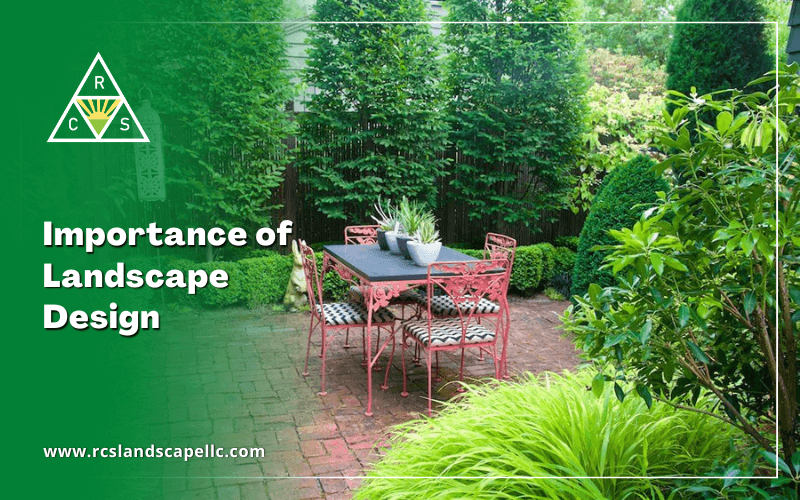The Definitive Guide to Landscape Design
The Definitive Guide to Landscape Design
Blog Article
The Best Guide To Landscape Design
Table of ContentsLandscape Design Fundamentals ExplainedLandscape Design Things To Know Before You Get This3 Simple Techniques For Landscape DesignThe 30-Second Trick For Landscape Design
When developing a residential landscape, the most vital step is to put a strategy on paper. Creating a plan of attack will conserve you time and money and is more probable to lead to an effective layout. Landscape Design. A master plan is established via the 'layout procedure': a detailed approach that considers the environmental conditions, your desires, and the elements and principles of designThe five actions of the layout procedure consist of: 1) conducting a site stock and analysis, 2) identifying your needs, 3) producing useful layouts, 4) creating conceptual style plans, and 5) attracting a final design plan. The first three steps develop the aesthetic, practical, and horticultural requirements for the style. The last 2 steps then apply those requirements to the creation of the final landscape strategy.
This is a critical step for both plant selection and positioning and situating household tasks and functions. It is essential because the very same climate problems that affect the plantstemperature, humidity, rainfall, wind, and sunlightalso influence you, the user. The next step is to make a listing of your needs and desiresthis helps you establish just how your backyard and landscape will be used.
The useful layout is after that made use of to find the task rooms on the website and from this diagram a conceptual strategy is established - Landscape Design. The last step is a last style that consists of all the hardscape and growing details that are required for installation. Throughout the design procedure there are 10 essential points to take into consideration: for plant option and activity area by considering what you want and require to assist figure out shapes and arrange spaces by marking activity locations and relating to components for both the atmosphere and the user by making use of massing and layering methods such as change areas and centerpieces in the products, the shades, and the surface area textures for the development and maintenance of plants by utilizing sustainable layout practices A comprehensive inventory and analysis of the website is very important to determine the ecological problems for plant growth and the finest use the site
Landscape Design - An Overview
It is always best to use plants that will thrive in the existing soil. Where plants grow well, keep in mind the dirt conditions and make use of plants with comparable growing requirements.

Sun/shade patterns, the amount and size of direct exposure to sunlight or color (Figure 1), produce microclimates (occasionally called microhabitats). Recording site conditions and existing plants on a base map will expose the area of microclimates in the yard. Plants typically come under one or two read more of 4 microclimate categories-full sunlight, partial shade, shade, and deep color.
Energies such as power lines, septic storage tanks, underground energies and roofing overhangs identify plant location. Make use of a land surveyor's plat of your property for the limits and place of your home.
Getting The Landscape Design To Work
Budget problems consist of the products, first installation expenses and the on-going upkeep prices. Identify the time and money you are prepared to place into keeping the plants and hardscape-be realistic regarding your objectives and capacity. Figure 3. Existing use locations. Credit: Gail Hansen, UF/IFAS Figure 4. Recommended use areas. Credit: Gail Hansen, UF/IFAS There are several landscape design themes- from basic to facility, yet it is practical to pick one to guide your plant and material selection.

Determine if you intend to open your yard, close your lawn, or a little of both, to these sights. In various other words, do you desire the yard to confine the area around you and connect primarily to your home, or do you desire the garden to open sights and look outside, connecting to the environments? This will read this article give you a starting indicate think regarding a motif.
10 Simple Techniques For Landscape Design

This is called "local color", which suggests it fits with the surroundings. There are both form motifs and design themes. Every yard must have a type style, but not all yards have a style theme. Many domestic gardens have no certain style except to blend with the residence by repeating details from the architecture such as materials, color, and kind.
In a form theme the company and shape of the areas in the lawn is based either on the shape of the house, the shape of the areas between your house and the property limits, or a preferred shape of the house owner. The type motif determines the form and company (the layout) of the rooms and the web links in between them.

Report this page